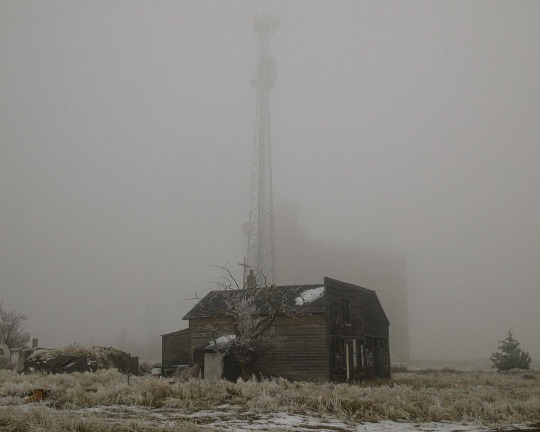"One's destination is never a place, but always a new way of seeing things." - Henry Miller
Don't wanna be here? Send us removal request.
Photo

Pentland Hills by Kyle Bonallo (ig: @kylebonallo)
3K notes
·
View notes
Text
It takes approximately 700,000 megawatt hours of electricity to power Chicago’s more than 400 municipal buildings every year. As of January 1, every single one of them—including 98 fire stations, two international airports, and two of the largest water treatment plants on the planet—is running on renewable energy, thanks largely to Illinois’ newest and largest solar farm.
The move is projected to cut the carbon footprint of the country’s third-largest city by approximately 290,000 metric tons of carbon dioxide each year—the equivalent of taking 62,000 cars off the road, according to the city. Local decarbonization efforts like Chicago’s are taking on increasing significance as President Donald Trump promises to reduce federal support for climate action. With the outgoing Biden administration doubling down on an international pledge to get the U.S. to net zero emissions by 2050, cities, states, and private-sector players across the country will have to pick up the slack. {read}
301 notes
·
View notes






















